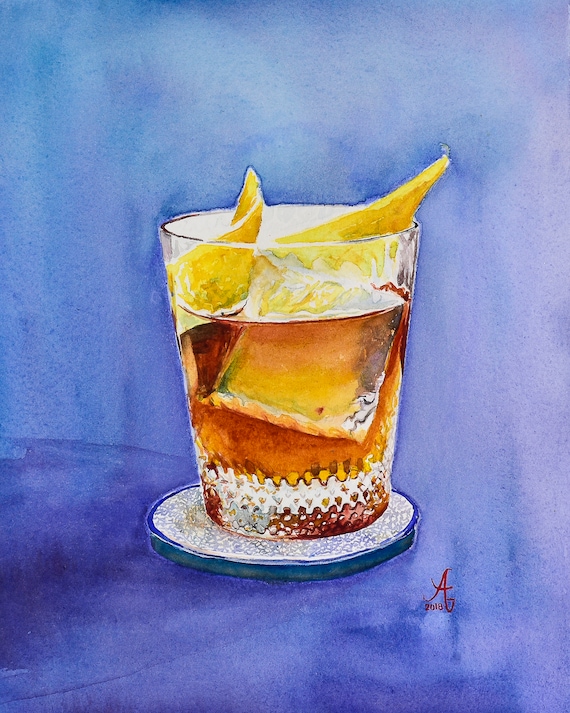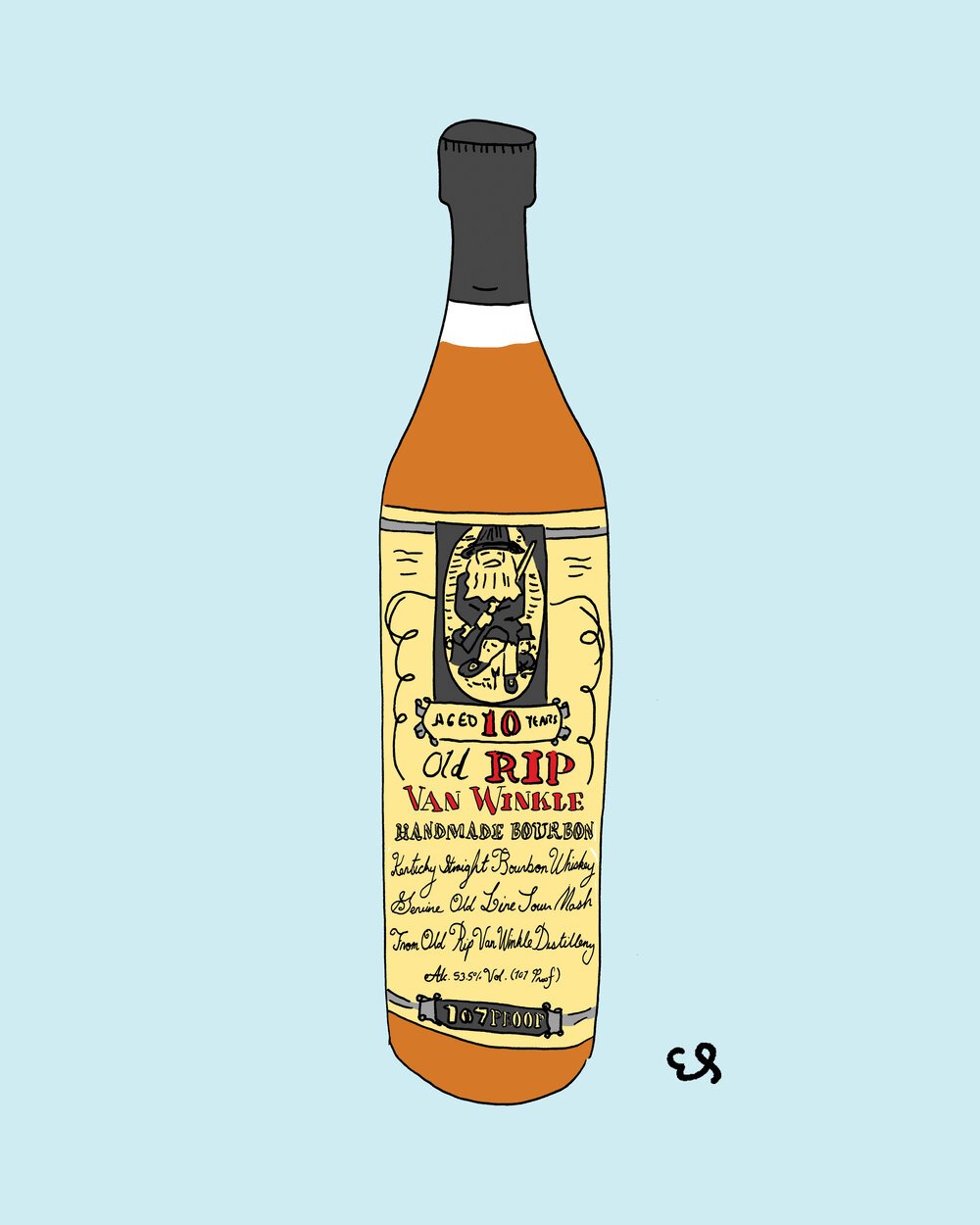Explore the World of Bourbon Art: A Journey Through Culture and Workmanship
Explore the World of Bourbon Art: A Journey Through Culture and Workmanship
Blog Article
The Value of Whiskey Art in Celebrating Heritage and Workmanship in the Beverage Sector
The intricate partnership in between scotch art and the event of heritage and craftsmanship within the drink market can not be overemphasized. Via thoughtfully designed tags and containers, scotch brand names encapsulate their historic roots and the artisanal abilities that specify their manufacturing methods. This artistic dimension not only enhances market allure but additionally functions as a conduit for cultural narration, promoting a much deeper connection between the craft and the consumer. As we discover the different facets of this topic, interesting inquiries about the effect of modern-day trends on standard techniques occur, motivating further examination.
The Historic Origins of Whiskey
At the heart of scotch's appeal exists a rich tapestry of historical origins that trace back to ancient human beings. The origins of scotch can be connected to the distillation methods of the Sumerians and Babylonians around 2000 BCE, where early kinds of fermented grain drinks started to arise. It was in the Center Ages that the art of purification evolved dramatically, particularly in Ireland and Scotland, leading to the creation of whiskey as we recognize it today.
The term "whiskey" itself derives from the Gaelic word "uisce beatha," indicating "water of life." This expression highlights the cultural value of scotch in Celtic societies, where it was commonly related to rituals, parties, and communal bonding. By the 15th century, distillation became a recognized craft within reclusive areas, leading the way for the establishment of lawful distilleries.
As trade courses increased, scotch's appeal expanded, transcending regional boundaries and catching the passion of connoisseurs worldwide. Whiskey Art. This historic journey mirrors not just the workmanship behind bourbon manufacturing yet additionally its integral role in social and cultural contexts, marking it as a considerable drink throughout history
Artistic Expression in Branding
Whiskey branding stands as an engaging crossway of virtuosity and commerce, where aesthetic identity plays a crucial role fit consumer assumption. The appearances of bourbon labels, packaging, and advertising and marketing materials reflect not only the brand name's tale however also its core worths and heritage. Through artistic expression, distilleries share a story that reverberates with consumers, stimulating feelings and stimulating links.
Using color, typography, and images in branding serves to set apart products in a saturated market. As an example, typical themes may evoke a feeling of credibility and workmanship, while contemporary styles can indicate technology and forward-thinking. This calculated artistic instructions improves brand name acknowledgment and loyalty, permitting consumers to forge a personal relationship with the whiskey they select.
Moreover, artistic expression in branding commonly acts as a party of local heritage. Distilleries regularly integrate regional signs or historic references right into their styles, producing a local color that invites customers to take part in a broader cultural experience. Inevitably, the artistry behind bourbon branding not just boosts visual appeal yet additionally enhances the total story of the brand name, promoting a much deeper admiration for the craftsmanship and heritage ingrained in each bottle.
Craftsmanship in Container Style
The artistry evident in bourbon branding expands past visual identity to incorporate the workmanship entailed in bottle style. Each bottle acts as a vessel not just for the spirit within, however additionally for the tale it informs about its quality, custom, and beginning. The style process calls for precise focus to information, as aspects such as form, product, and closure add dramatically to the overall perception of the whiskey.
Craftsmanship in container design entails selecting top quality glass that can enhance the whiskey's shade and quality, while likewise supplying a tactile experience for the consumer. The shape of the container need to be both functional and aesthetically appealing, usually showing the heritage of the brand. Many distilleries select one-of-a-kind shapes or printed logo designs that evoke a feeling of authenticity and background.
Additionally, the tag style and typography play an essential function in communicating the brand's story. Limited Edition. A well-crafted bottle not just captivates the consumer's eye yet likewise strengthens the brand name's dedication to quality and tradition. In this means, the craftsmanship of container style ends up being an important facet of the bourbon experience, combining creativity with an extensive find more information regard for heritage
Cultural Relevance of Whiskey Art
Celebrating practice and craftsmanship, the social value of scotch art goes beyond simple aesthetics, intertwining with the social and historic stories of the areas where it originates. Each bottle works as a canvas, depicting the one-of-a-kind tales, mythology, and practices that have shaped local whiskey-making techniques. The elaborate styles typically mirror the heritage of the distillers, including signs and motifs that reverberate with the society and worths of their communities.

In enhancement, whiskey art plays a crucial duty in public events and parties, acting as a concrete link between individuals and their shared experiences. By appreciating the artistry in whiskey packaging, consumers cultivate a deeper understanding and regard for the craft, eventually improving their enjoyment of the beverage itself.
Modern Trends in Scotch Presentation
In recent times, the discussion of scotch has developed to mirror modern tastes and fads while still honoring conventional workmanship - Whiskey Art. Distilleries are progressively concentrating on visual components that enhance the overall alcohol consumption experience, bridging the gap between heritage and modernity
Innovative container styles have actually emerged, usually incorporating lasting materials and artistic labels that tell compelling stories. Many brand names currently work together with neighborhood artists, instilling their items with unique visual expressions that resonate with consumers. Furthermore, limited-edition releases are frequently packaged in collectible containers, including value and allure for lovers.

Conclusion
In conclusion, whiskey art serves as a vital channel for revealing the heritage and craftsmanship intrinsic in the drink market. Via detailed branding, innovative bottle styles, and culturally considerable artistic components, bourbon brand names successfully honor their traditions and connect with consumers.


Craftsmanship in container style entails picking premium glass that can enhance the bourbon's shade and clearness, while likewise providing a tactile experience for the consumer. In this way, the craftsmanship of container layout ends up being an essential facet of the bourbon experience, merging virtuosity with a profound regard for heritage.
In verdict, bourbon art serves as an important avenue for sharing the heritage and craftsmanship inherent in the beverage sector.
Report this page